Easy DIY PVC Chicken Feeder! All the supplies and step-by-step instructions (with pictures!) so you can make your own. Make it today for less than $10!
A while back, I was using a feeder that I made out of a bucket and a veggie tray. While I loved it, when I got a new batch of chicks they made a MESS of it! Spilling everywhere and wasting food. I decided to try out a PVC chicken feeder design and I LOVE IT! It works so well and doesn’t spill nearly as much, if at all.
These are so easy to make and cost about $5-7, depending on what size pipes you use and what fittings are available at your local hardware store. I used black pipes because of the fittings that were available. If you can find what you need in the white PVC, it will cost a bit less.
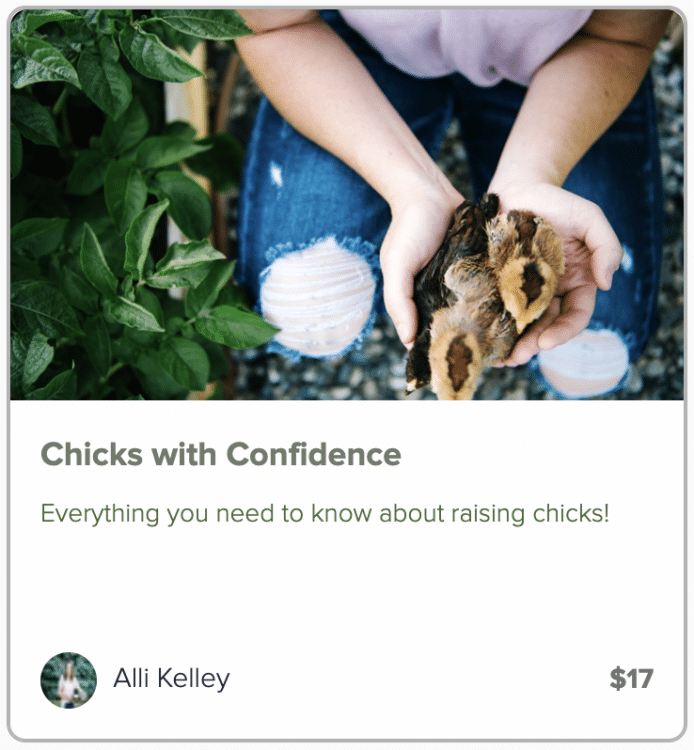
Looking for more in-depth chicken-keeping information? Take my course, Chicks with Confidence!
Chicks with Confidence is a straight to the point, fact based digital course that walks you through exactly what you need to get raising your baby chicks without breaking the bank or causing you to panic everytime they make a weird sounding peep!
These could not be easier to set up and make. Here is how I made my PVC chicken feeder:
First you will need your pipe, the joint where the chickens will actually eat from, a plug for the bottom of the joint, and two brackets for attaching the feeder to your coop.
I used 2 inch pipe here and chose that particular joint because all of the other options at my local hardware store would have spilled it onto the ground. The long piece is a 2-foot pre-cut section that was available at my hardware store.
To plug the bottom of the joint, I used this joiner. The smaller end fits into the joint and the other end is actually threaded.
I liked the threaded plug for a few reasons. First, it’s easy to assemble. Before I couldn’t find and end like this and had to cut a section of pipe and then cap it.
That worked alright, but sometimes raccoons and skunks get in the run where I keep the feed and unplug the feeders. I could glue them, but I wanted to avoid that since the feed stays in the feeders for a while.
This threaded plug joiner works really well because I critters can’t open them and they are still easy for me to remove for cleaning and I didn’t need to use glue.
The cap simply threads into the plug joiner and it’s sealed!
Once the cap is assembled, just push it into the joint.
After the joint is sealed with the cap, you simply attach it to your pipe.
As I mentioned before, I don’t glue any of these joints since food is going to stay in the feeders for a few days at a time. I haven’t had any problems with this design coming apart!
Once the feeder is assembled, I snap my brackets on and then mount it in the coop! I found these brackets for about 50 cents in the plumbing section of my hardware store, there are much more expensive brackets but these ones do the job just fine.

Looking for more in-depth chicken-keeping information? Take my course, Chicks with Confidence!
Chicks with Confidence is a straight to the point, fact based digital course that walks you through exactly what you need to get raising your baby chicks without breaking the bank or causing you to panic everytime they make a weird sounding peep!
I hang them about 8 inches off the ground – high enough so that rodents and flying birds have a hard time getting in but low enough that the hens can reach easily. If I have some chicks, I’ll move a cinder block near the feeders as a temporary stool.
I have a total of four PVC chicken feeders and 12 chickens. I use one PVC chicken feeder for oyster shell, so only 3 are actually filled with feed. Each feeder takes about 1 quart of pellets and lasts 3-4 days. It is a great system for making your hens low-maintenance!

Looking for more in-depth chicken-keeping information? Take my course, Chicks with Confidence!
Chicks with Confidence is a straight to the point, fact based digital course that walks you through exactly what you need to get raising your baby chicks without breaking the bank or causing you to panic everytime they make a weird sounding peep!
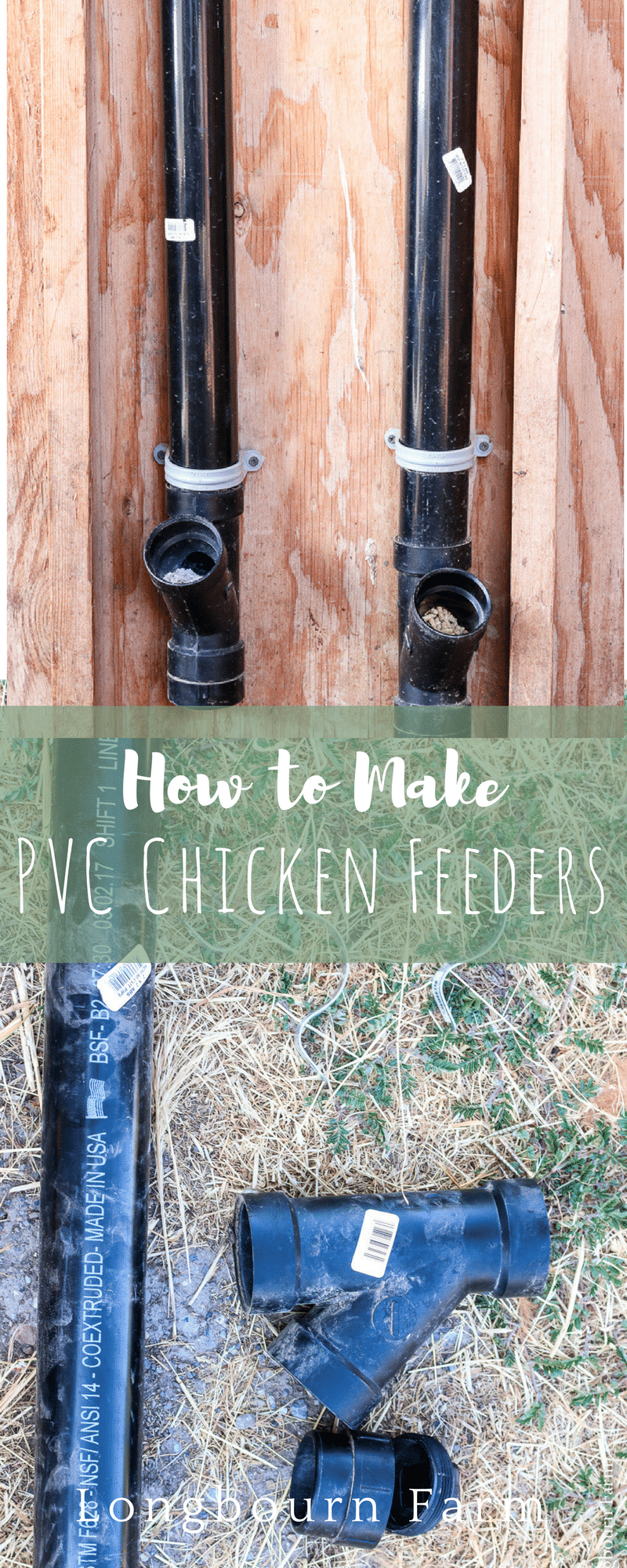
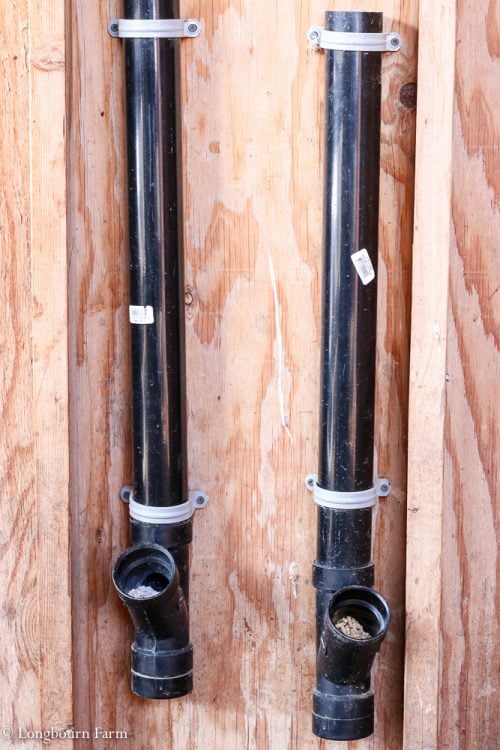
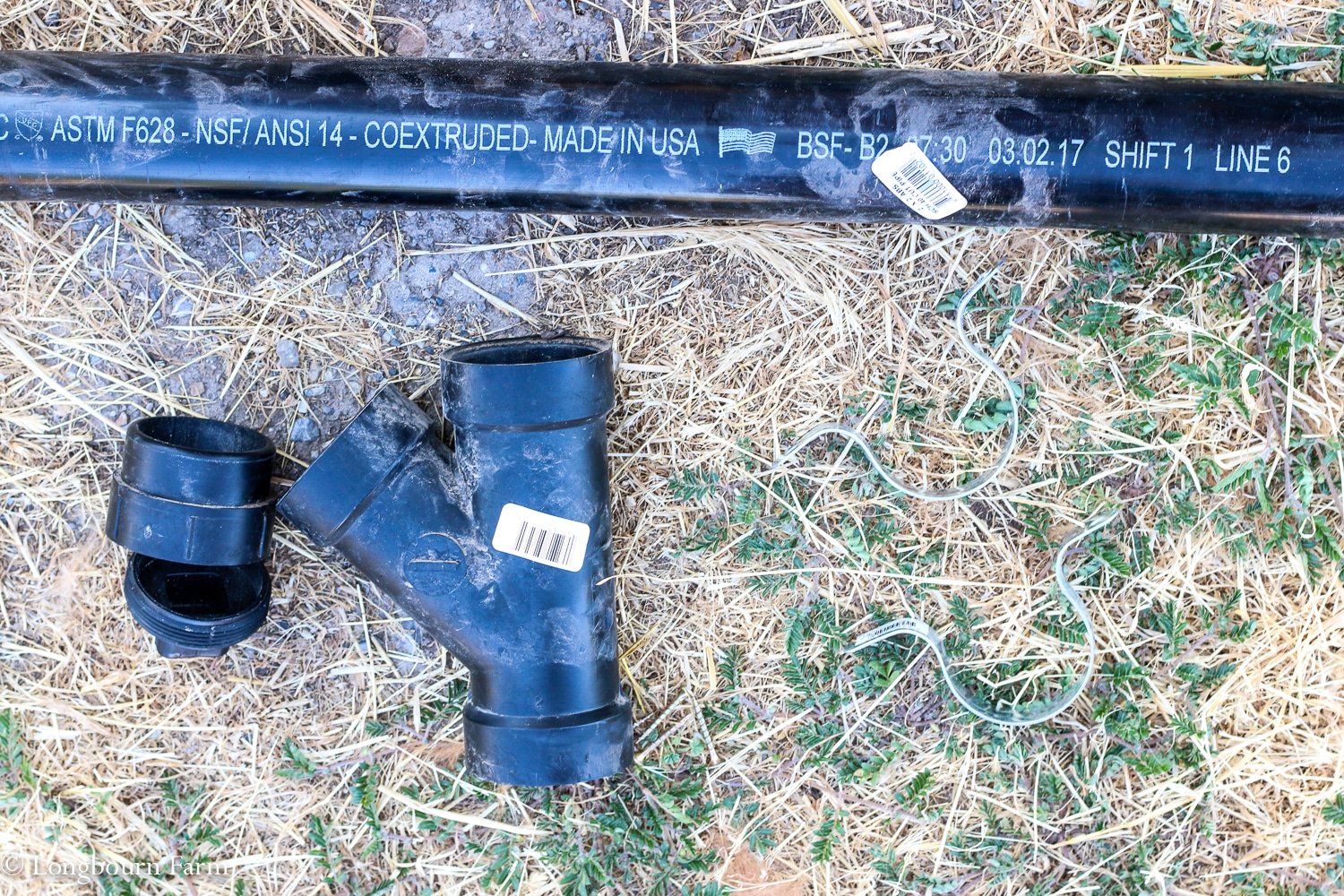
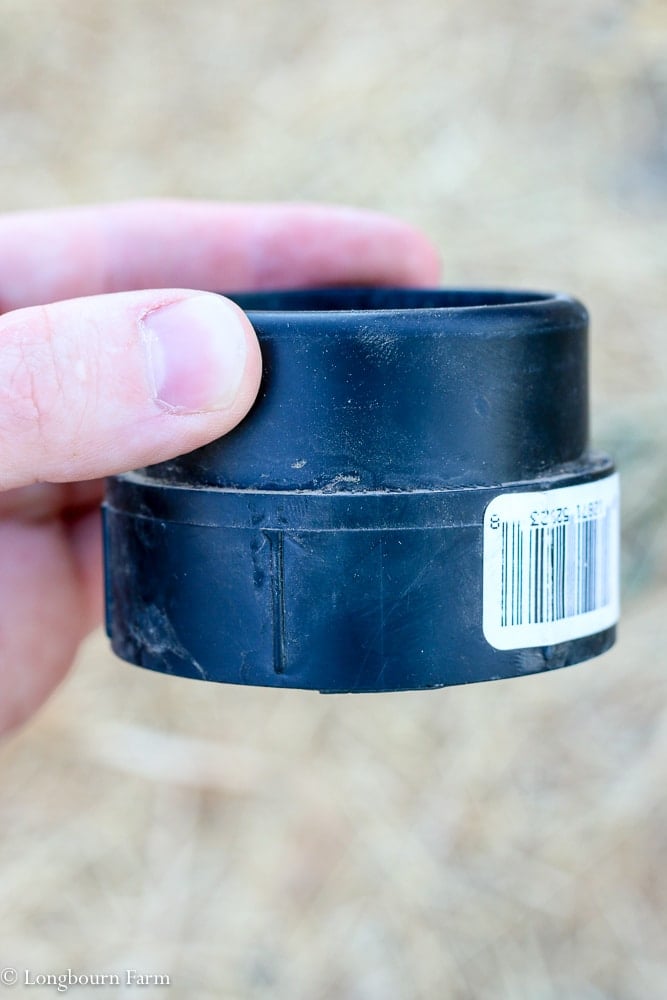
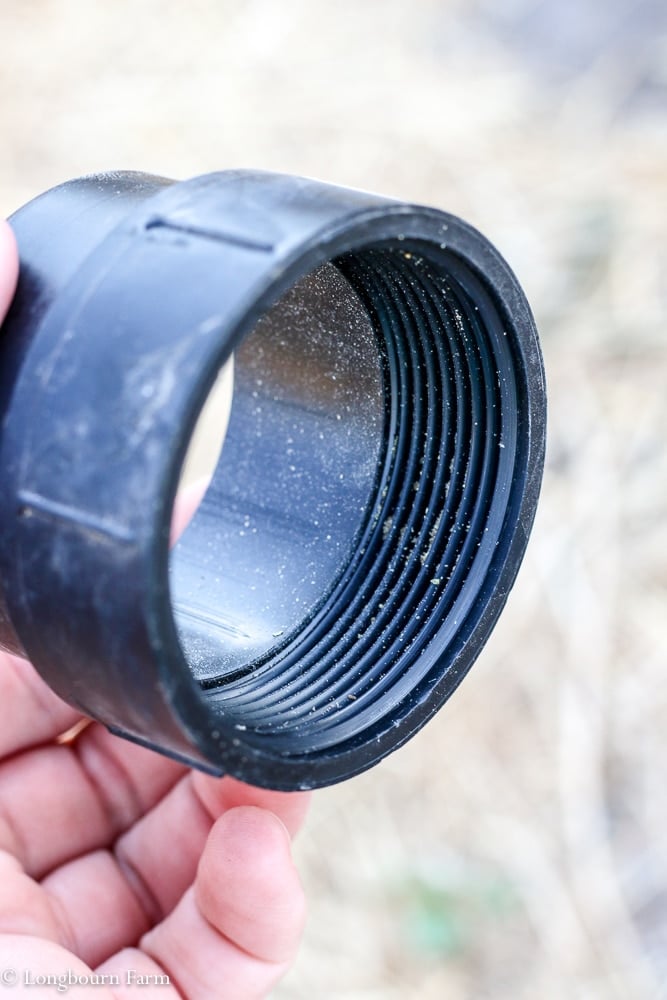

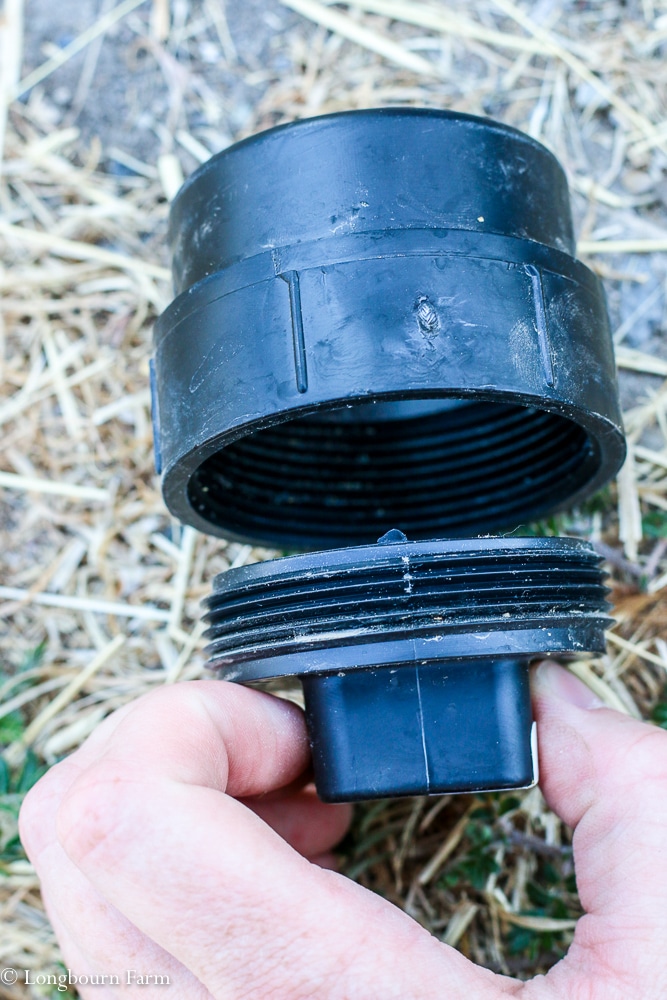

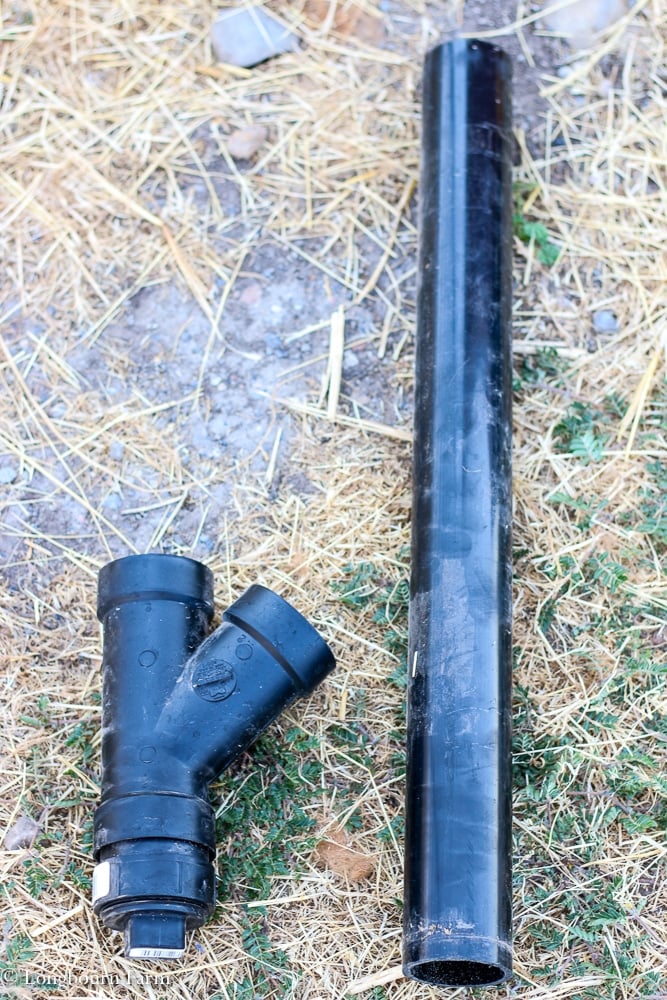
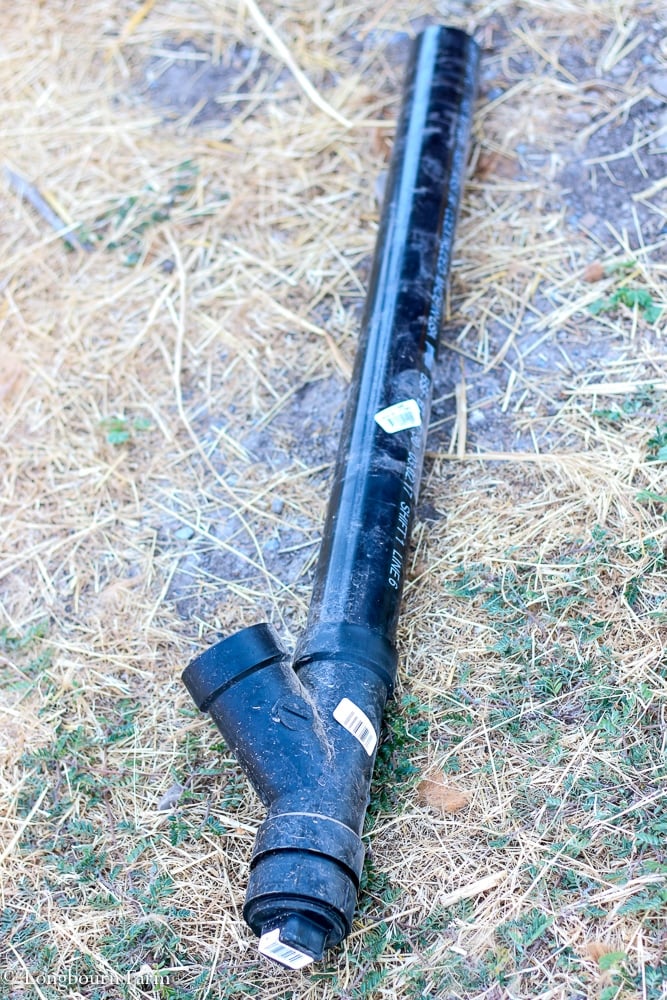
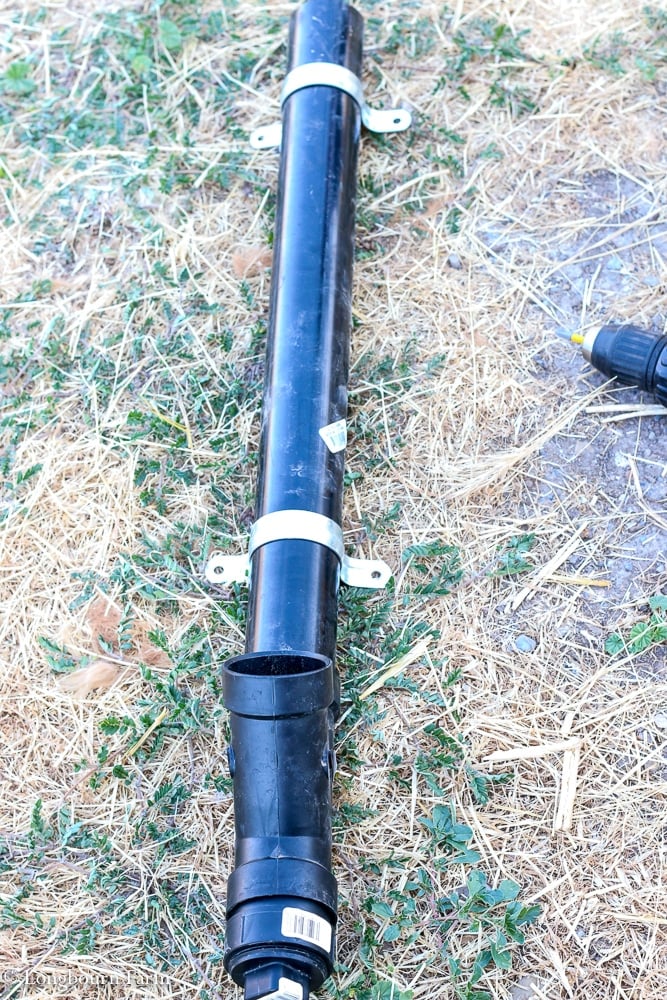
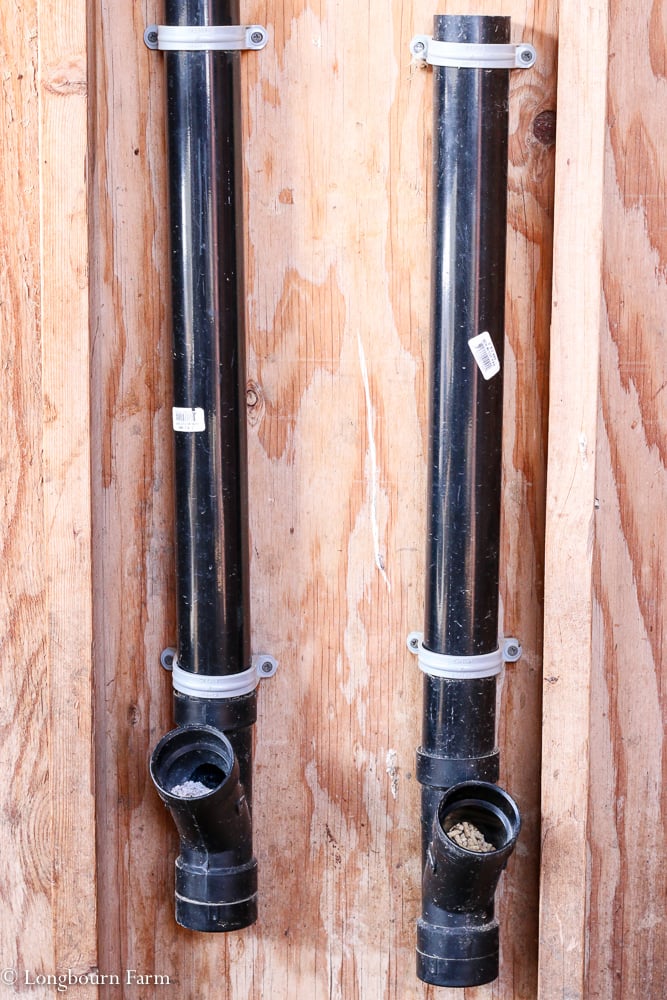
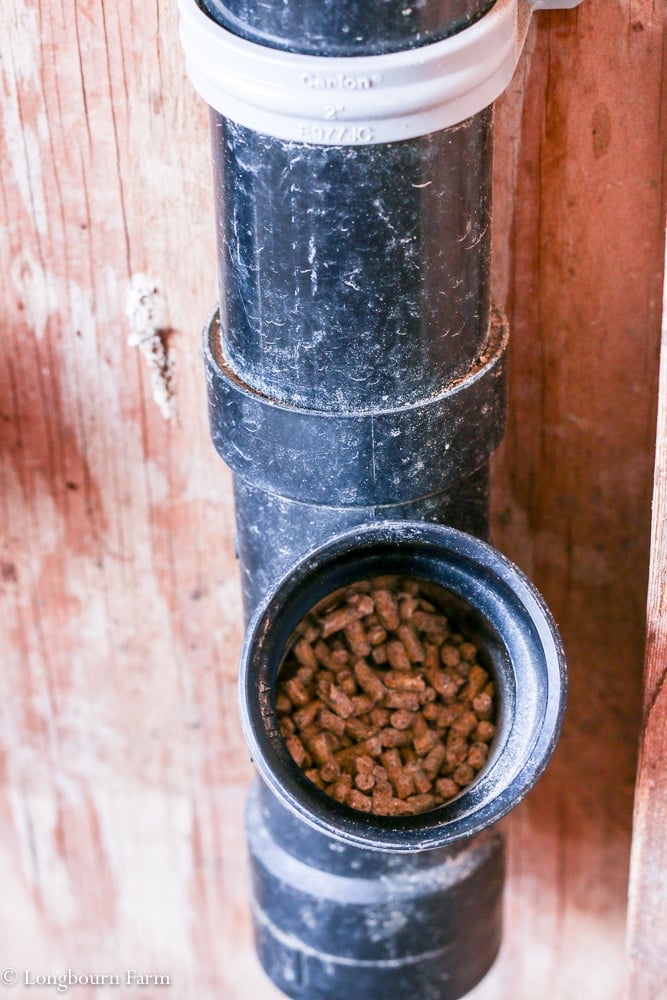
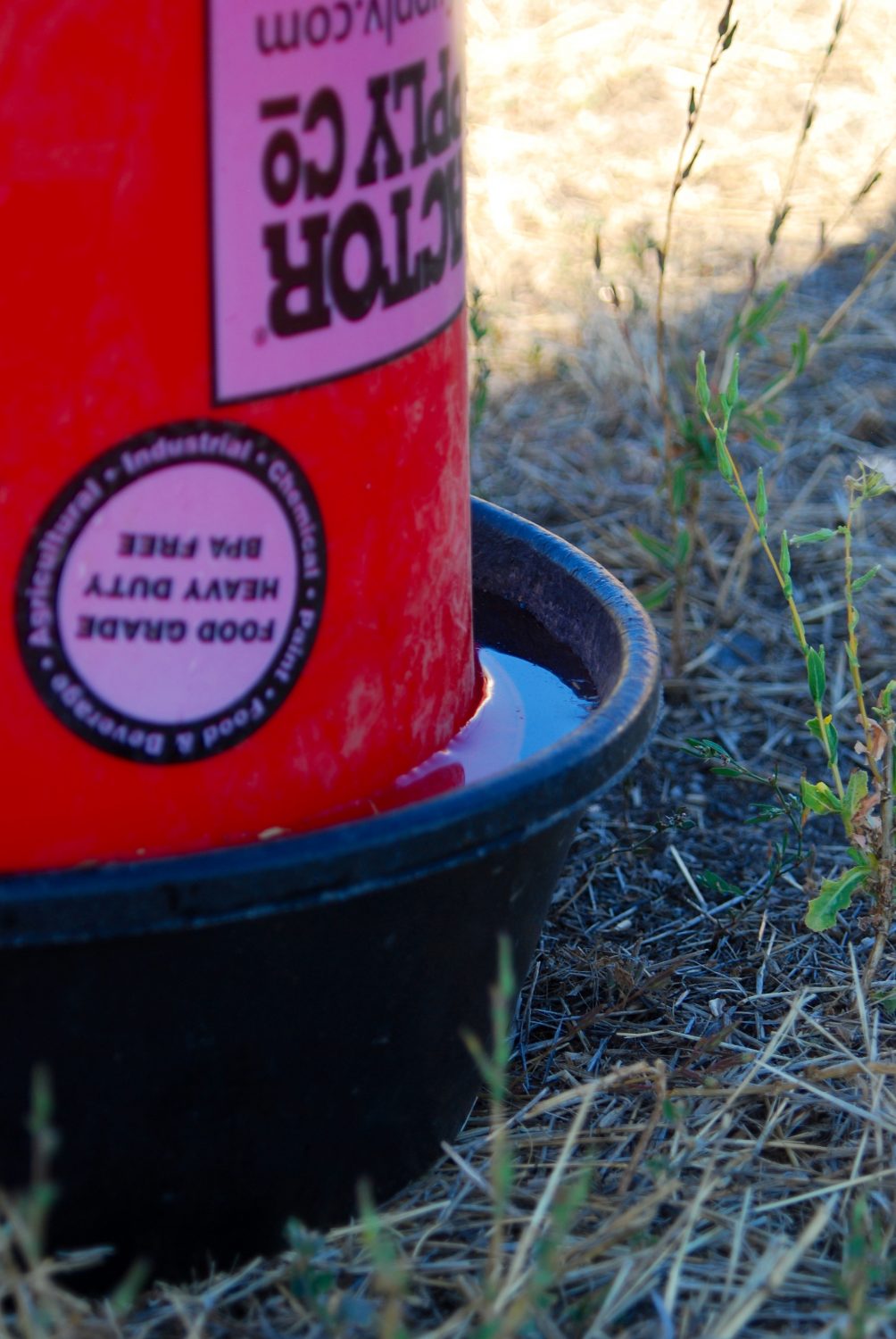
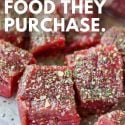

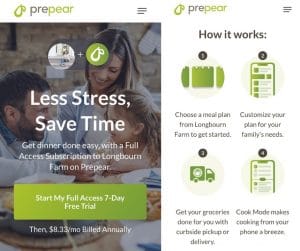

Cameron says
I’m looking at a similar design made from 3” pvc, but my husband would prefer cpvc which is super expensive in 3”. Less so for 2”. Do your chickens do okay with a 2” opening?
Alli says
I think the 3″ would be best. That way two of them can eat at the same time and the feed doesn’t get clogged. I think a smaller opening would be harder for them to eat out of and see and may get clogged more easily.
Amber Lovejoy says
Thanks so much for all of the great information on chickens! I’m excited to have a flock this year!
Alli says
You’re welcome, Amber!! I know you’ll love having chickens.